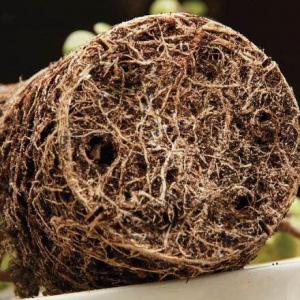动态 (106)
我说肉肉你说萌!
2016年08月01日

【#多肉植物 的根系养护】
根好#肉肉 长势才会好!
#养根 的第一步就是先选好土壤,新买回来的肉肉很多都是没有根的,就算是有根,根部也不是很健壮,那么这样一来我们就需要先做好一件很重要的事情就是#生根 。
生根方法有很多,我常用的就是在#草炭土 里生根,也用过用#水苔 生根,效果都不错。
还有一些肉友会使用#空气生根 ,这样会减少肉肉与土壤直接接触,从而减小腐烂的几率,但是会比较肥力,自己没用过~
刚刚生长出来的根系一般是白色的,有些还会小绒毛,时间久了肉肉机会给自己白嫩嫩的根部穿上一层深色的外衣,这层外衣具有保护作用,可以防止霉菌、虫害等,千万别把这个老根的外皮剥下来或者剪掉!
前期工作做好了,根部就会正常的生长啦!但是后期工作也不可少,还应该注意这些:
1.浇水别太多,太多容易烂根;
2.不要太过干燥或者直接断水;
3.避免高温环境下给肉肉浇水。
多年生的“老肉”因为根系比较健壮,喝水也比较多,在春秋生长季的时候可能会打破常规的少浇水定律,可以根据盆的材质和大小适当调节浇水量!


动态
相关用户


























